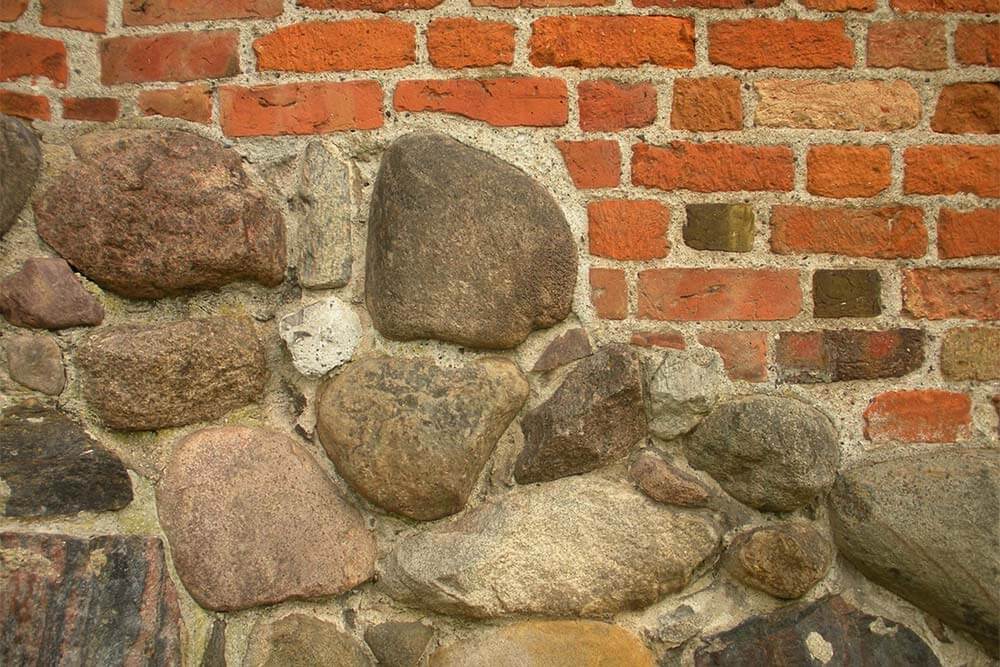 There is something so beautiful about an old home. We’ve talked about it at length before. We know that when you walk on to the property of a storied house, you’re walking into a nature of respect for generations of stories and memories from homeowners before you.
There is something so beautiful about an old home. We’ve talked about it at length before. We know that when you walk on to the property of a storied house, you’re walking into a nature of respect for generations of stories and memories from homeowners before you.
The Restumping Melbourne team is all about being the biggest proponent of your dream home. And we know that that can mean a few different things. It can mean that you’re building your first. It can mean that you’re updating your current. It can even mean that you’re saying goodbye to your current and that you need our help to pass it on to another family or group that will love it just as well as you do.
This all starts with the foundation, and we’ve worked with a variety of sorts over the years. Some materials are more difficult to work with than others, but they’re always very rewarding. One material that saw a lot of love, especially in the 1800s and early 1900s was stone, and we love to bring the historic beauty of these back to functional life so that they can continue being prolific types of foundations for generations to come. Here are some of our best practices:
First of all, don’t despair. There’s no reason to say goodbye to your stone foundation. The easiest way to circumvent substantial costs and the time investment is to add more stone, poured concrete or even a concrete block over the top of the existing foundation. That will allow you a perfectly square and flat new foundation.
Without giving away trade secrets, we do have to share that we’re partial to the concrete block. These allow you a couple of different hollow cores, which help you connect the old stone with the new stone. It doesn’t matter if the blocks don’t match up exactly. In fact, you can have concrete blocks re-sized in many different ways; you just need to work with experts in your area (like the Restumping Melbourne team). Feeling like you want to go about it the “DIY” way? Not a problem. You can easily use a gas-powered saw or even a hammer and cold chisel.
The next step is finding your hammer drill and creating holes that are about ½ inch. Put the bit into the centre of the hollow cores and you’ll want to drill down about 4 – 5 inches.
You may run into a situation where you’re adding multiple courses of concrete block. Don’t necessarily look at special bond-beam concrete – which is what many experts would recommend – it may not pay off in the long haul.
We can’t count the many ways that using concrete blocks on stone foundations can be the best way to go. Our favourite is that the job will be completed much more quickly, than if you spend the time trying to get creative with the cast or poured concrete.
While we’re all about inspiring enthusiasm to get the job done yourself, we also welcome questions. Reach out to the team if you’re thinking about updating your foundation. We’re here to help.
